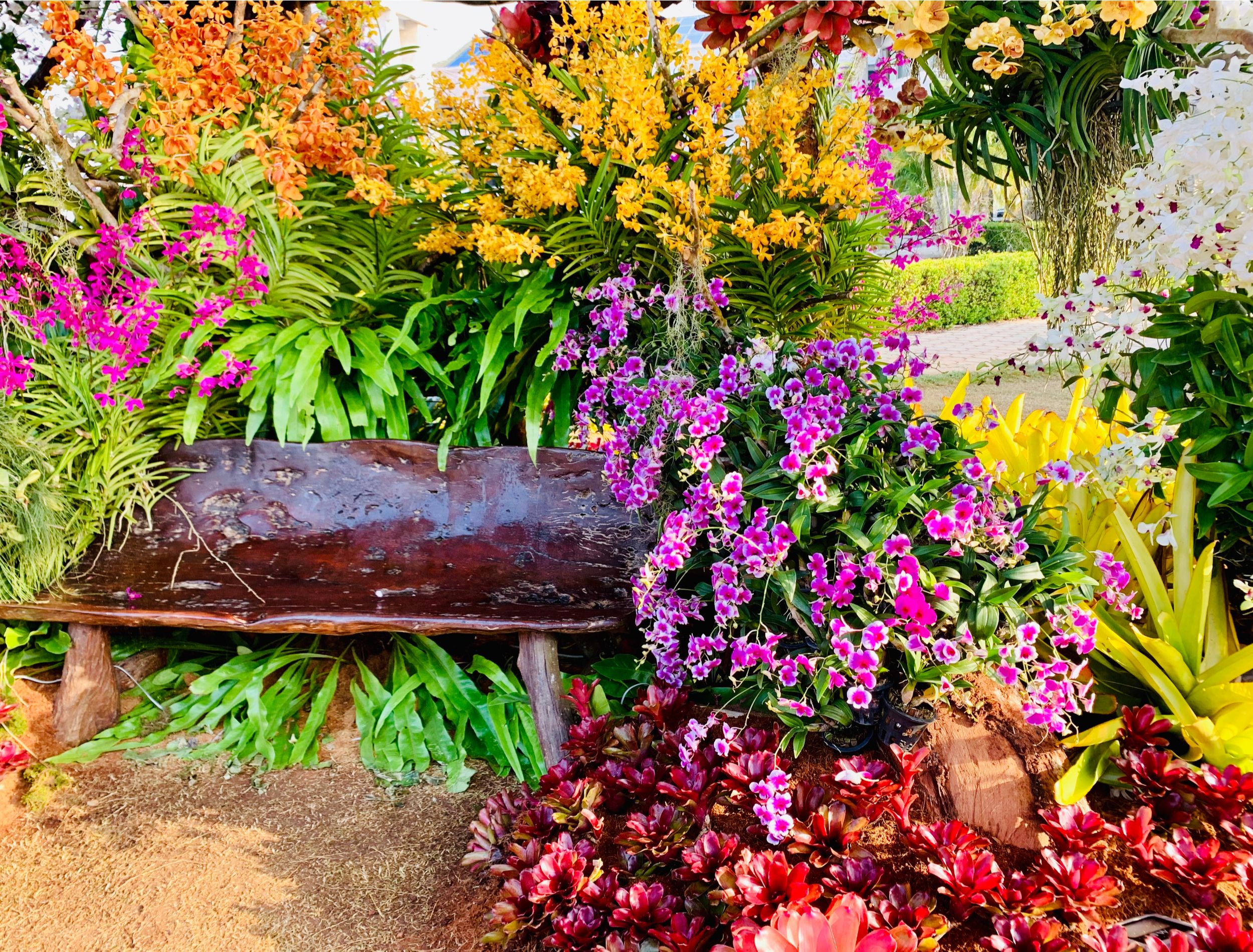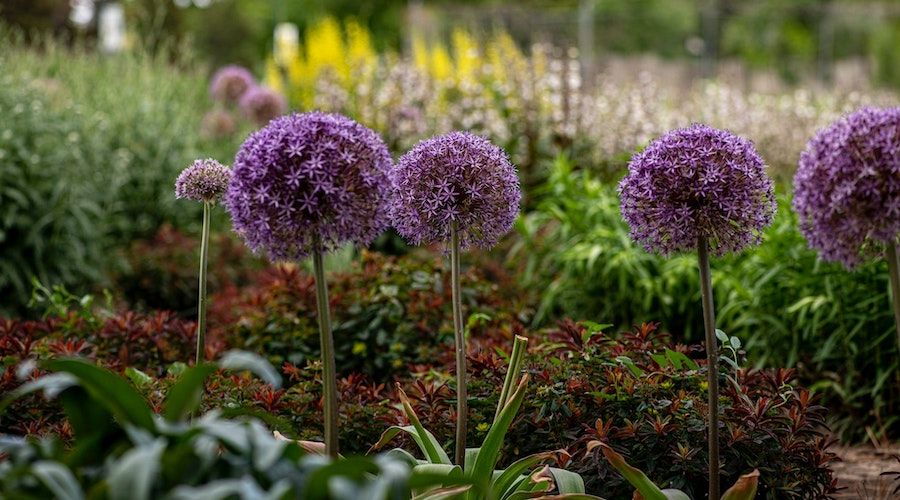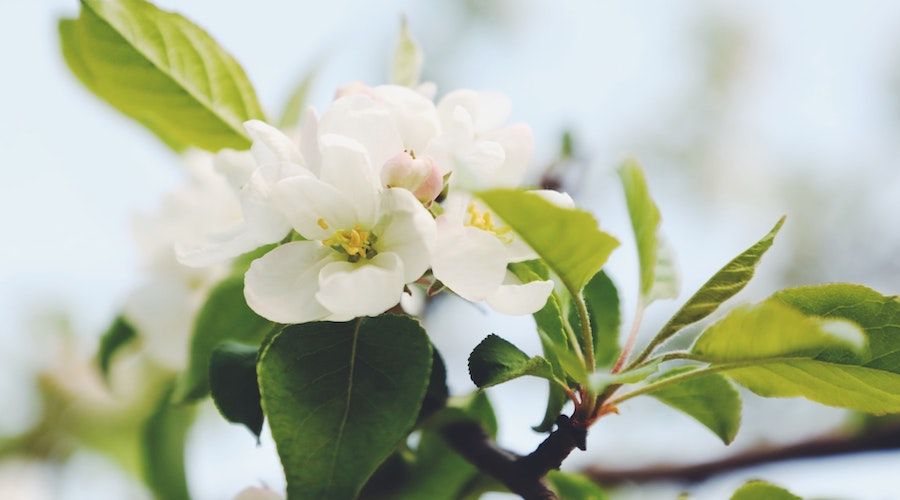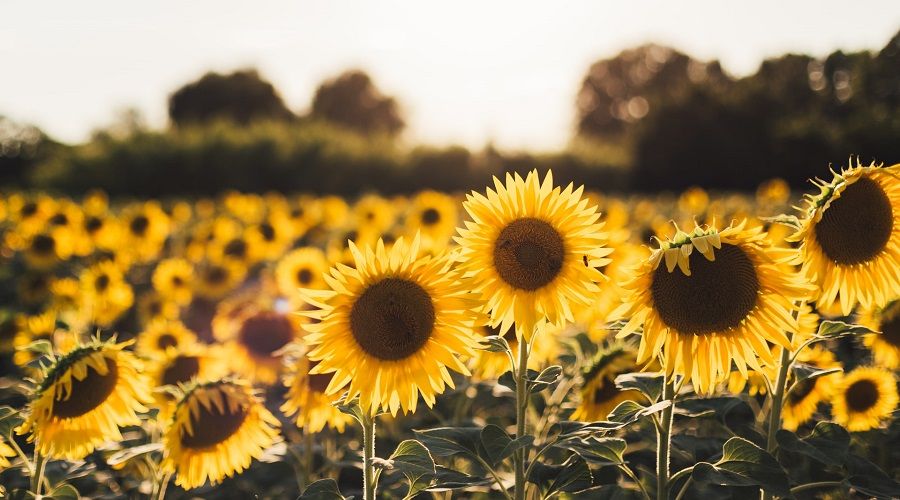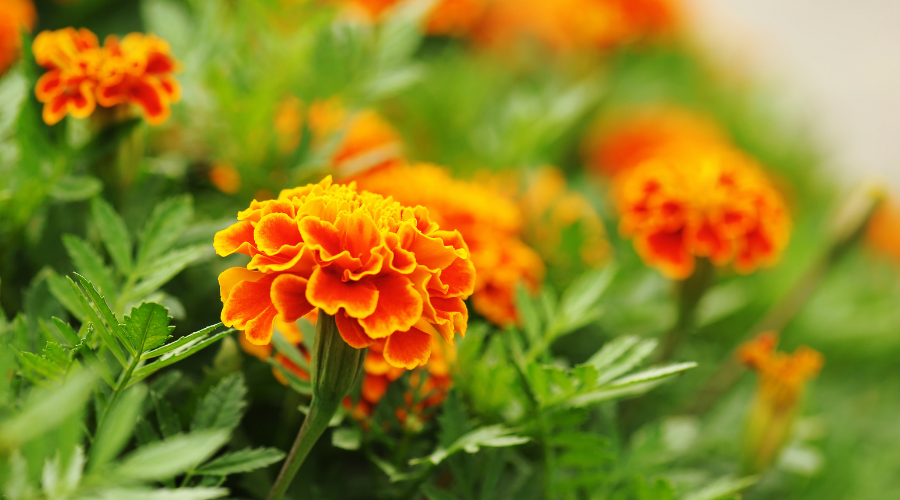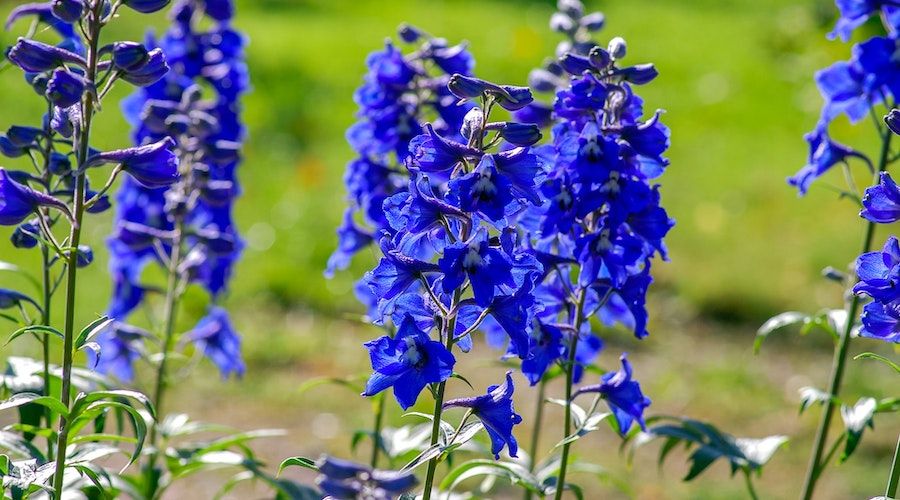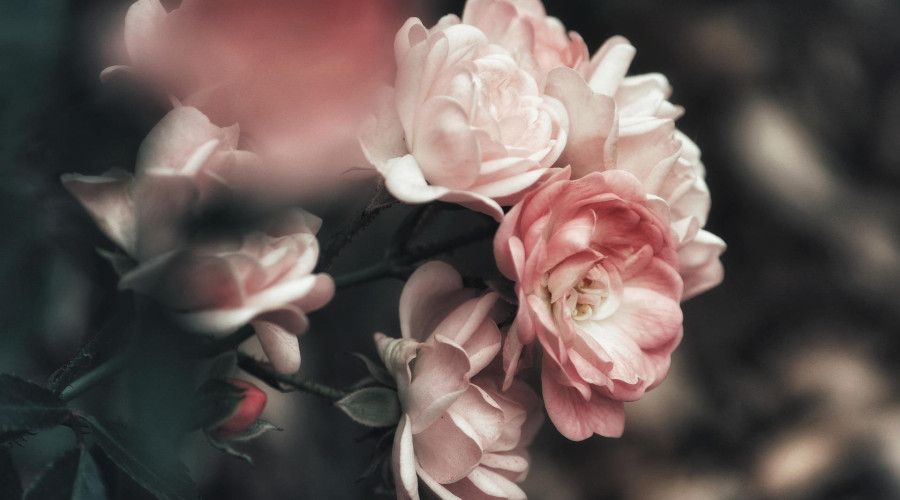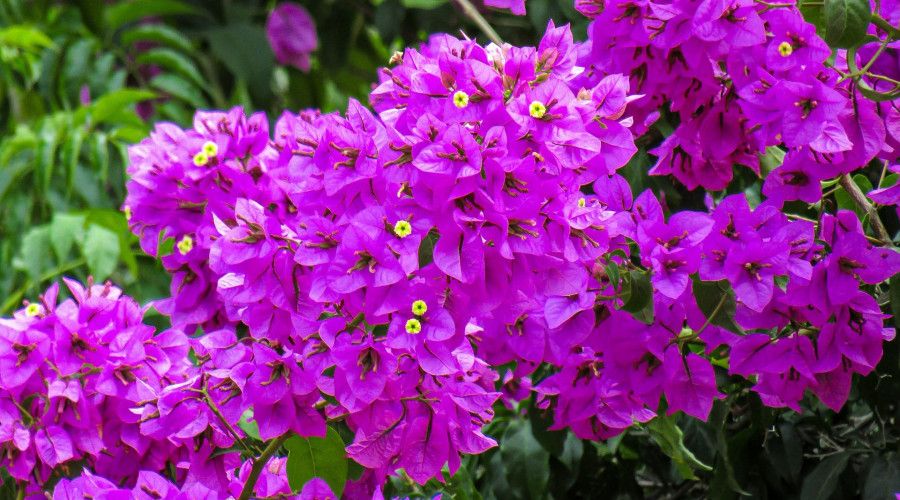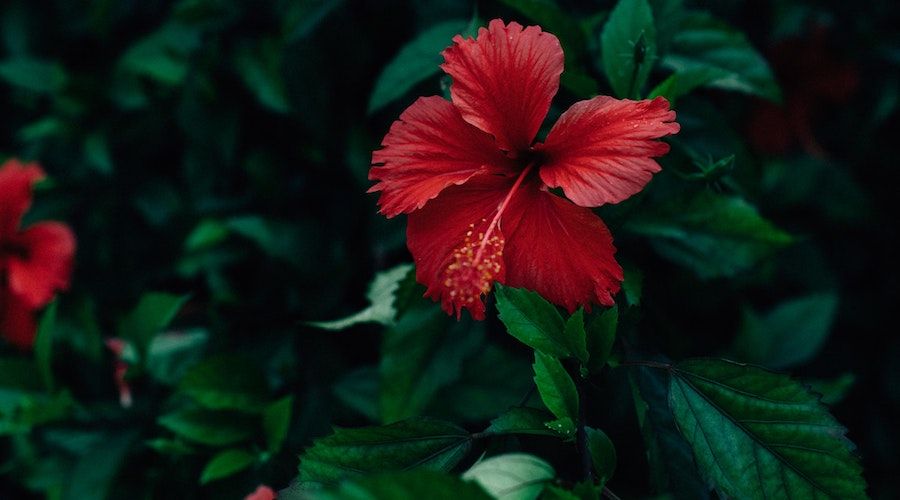With summer just around the corner, your backyard needs a fresh coat of bloom, and there's no better bloom than ones that come with summer flowers or flowering shrubs that thrive under full sun! There's something magical about flowers, but since they come with conditions and seasons, it can be hard to watch your once-blooming yard struggle to keep its beauty. Flowers not only enhance your mood, but they also spread positive energy and nature's scent wherever they bloom.
Those who've had the pleasure of walking under a ylang-ylang tree or beside a bush of jasmine would agree. Many plants die from excessive heat and less rainfall when summer rolls by, which eventually discourages the avid gardener from attending to their garden. The solution, therefore, is to plant summer flowers, i.e. flowers that bloom all summer. As long as you maintain your summer flowers, they'll survive summertime by blooming and beautifying your yard simultaneously.
9 Flowers That Bloom All Summer
1. Allium
Image credits: mana5280 via Unsplash
The allium flower is one of the most eccentric flowers you’ll see. For starters, it has shades of purple, some deeper than others. It has a shape that makes it look somewhat like a star. This flower begins to bloom around mid-June. Something cool to know is that this flower is a part of the allium family, hence the name, which includes garlic, chives, and onions. If you plan to put this eclectic plant in your garden, it's good to know it grows best in sunny but sheltered spots. The wind could easily blow a flower like this away, and we don't want that. Putting this flower in your garden will add some variety and spice.
The allium is edible, however; we do not recommend you consume them, especially if they've been sprayed with pesticides. Please get approval from your health care provider before altering your diet to include these flowers. Also note that alliums are toxic to pets.
2. Begonia
Image credits: HAN Mengqi via Unsplash
The begonia is one of those flowers where you may have heard its name plenty of times, but you may not have seen one. Begonias are beautiful flowers. They have the traditional flower look to them and come in various colors such as red, pink, white, and yellow. Begonias are a true summer flower as they bloom at the very beginning of summer. You’ll be happy to know begonias are an all-around flower. You can keep them in your home, greenhouse, or flower bed. A major reason behind this flower’s versatility is its lack of need for sunlight. Begonias prefer to grow in the shade.
All species of begonia are edible, except for tuberous begonia. Only tuberous begonia petals are edible. That said, tuberous begonia petals contain oxalic acid and should be consumed in moderation, but people suffering from gout, rheumatism, and kidney stones should avoid consuming begonias. However, we do not recommend you consume them without approval from your health care provider!
3. Sunflowers
Image Credit: Jordan Cormack via Unsplash
This flower has inspired many artists and has been a part of the opening scene of many movies. It is safe to say this flower is one of the most recognizable flowers in the world. Its yellow petals resemble the rays of the sun; therefore, the name sunflower, though its petals can also turn a golden color, orange, and ruby red. It’s a rarity, but some sunflower varieties can grow to be sixteen feet tall! Sunflowers usually bloom between June and July. As you probably already know, sunflowers are very attractive to pollinators like bees and birds, so expect them if you decide to plant this flower. It's no surprise that for this flower to grow, it will need sunlight, about six to eight hours, to be specific. Here's a detailed guide to help you plant, grow, and care for sunflowers.
Sunflowers rotate their heads throughout the day to follow the sun's movement, but as soon as the sun sets, they reset by swinging their heads to the east, eagerly waiting for the morning sun to rise! According to research, sunflowers have an internal clock and do this to keep their pollinators happy.
4. Marigold
Image credits: kuarmungadd via Canva
The marigold flower is the epitome of simplicity and beauty. This summer flower is a classic. The flower is golden yellow with hints of orange, red, and other colors within the spectrum of yellow and orange. You’ll notice this flower as it has a ball-like shape composed of many flowers. Like the sunflower, the marigold needs full sun to grow. Also, just like the sunflower, it is heat tolerant, but extreme heat can cause growth issues. This flower grows at the beginning of summer, sometimes as early as spring.
Marigold comes packed with toxins that repel nematodes and attract good insects like the ladybug, parasitic wasps, and lacewings that all keep harmful insects out of your garden. Planting marigolds beside tomatoes will help your tomatoes thrive as marigolds will help keep pests away!
5. Brown-Eyed Susan
Image credits: Owen Young via Unsplash
The brown-eyed Susan is the identical twin of the sunflower, however, sunflowers are larger than brown-eyed Susans. Their leaves are also different as they’re more of an oblong shape. Brown-eyed Susans bloom around late July and are a very adaptable plant. They can grow in almost any soil, either in full sunlight or in a place with light shade. Though similar to the sunflower, this flower should be appreciated as its own entity.
Brown-eyed Susan and Black-eyed Susan are not the same! Brown-eyed Susans are taller, but their flower heads are smaller than the Black-eyed Susans. That said, in left unchecked, brown-eyed Susans can become invasive.
6. Delphinium
Image credits: Yoksel 🌿 Zok via Unsplash
Delphiniums are a very showy flower as it has this deep blue color that just grabs you. Delphiniums can be other colors such as pink, white, and purple, but the true blue delphiniums are the traditional look everyone loves. It’s not an enormous flower and grows to about one foot tall. They grow best in full sun with well-drained soil. To get the most out of this lovely flower, it's best to plant them in bunches.
Delphinium flowers are extremely toxic to animals and humans, so while the flowers are breathtaking, just two milligrams are enough to harm an adult human. That said, delphiniums symbolize cheerfulness and goodwill.
7. Heirloom Roses
Image credits: TanteTati via Pixabay
Heirloom roses are another classic flower. This rose is called “Old Garden” as it was one of the original roses before developing “modern roses.” This flower has a deep fragrance and a large beautiful bloom. You’ll notice them by their salmon pink color. These traditional flowers bloom as early as late May but are said to be at their best during June. Like other roses, heirlooms need full sun to reach their full potential. These flowers can get up to three feet and about four feet in width.
Did you know that roses have been around since before 1867? Roses can be used in different ways to design a garden, but the secret lies in proper and timely pruning. Here are some tips for pruning roses.
8. Bougainvillea
Image credits: Vane Monte via Pixabay
The bougainvillea may be the most interesting summer flower on this list. It’s a flower that can be hard to spot as it sprouts multiple colors of leaves like orange, yellow, white, red, pink, and purple, but these 'flowers' you see are modified leaves called bracts. The actual flower is white in the middle and much smaller than the other flowers. It’s almost as if this flower has created its own mirage. To grow this interesting plant, you’ll need full sun and well-drained soil. Bougainvilleas are a perennial vine. Some varieties of this plant can grow to thirty feet. The bougainvillea can be expected to start blooming as early as May and as late as July.
While this is a great flower, you should avoid planting it anywhere near a swimming pool. Its bracts are notorious for blowing everywhere and clogging up filters. Here are some more plants you should never plant near the pool.
9. Hibiscus
Image credits: Kelly Sikkema via Unsplash
Last but not least is the hibiscus flower. This summer flower is loud and proud. It grows pretty big; picture a large dinner plate. It sprouts vibrant colors from bright red to yellow, pink, and white. The hibiscus blooms around mid to late summer. The hibiscus thrives in full sun, but if you’re in an area of scorching temperatures, you’ll want to put it in the shade. The hibiscus flower is a sun-loving plant, but too much heat can negatively affect its growth. Here's why your garden should have a hibiscus plant!
Did you know that a well-maintained tropical hibiscus plant can live for over 50 years?! Newer hybrids can live for up to 10 years. The hibiscus is edible and can be eaten straight from the plant. However, we do not recommend you consume them straight, especially if they've been sprayed with pesticides. The hibiscus tea, however, has many health benefits if consumed under the guidance of a qualified expert.
In Summary
So there you have it. Apart from having a positive effect on your mind, flowers add fragrance and beauty to your home. Thanks to these summer flowers, your garden will bloom regardless of the sun! Any of these flowers will turn your garden into a picture worth viewing!
Happy Gardening!

